The Writing Craft – Where in the World? Worldbuilding

For this week’s blog post ‘Where in the World?’ I thought it would be fun to discuss worldbuilding.
To put it simply, worldbuilding is the construction of the world that characters inhabit.
Depending on the genre, this might be another realm or a different planet, or it could be a small village in the south of England. Wherever you put your characters, developing that world means building the space that they live and breathe and interact with one another.
Here are three reasons why it’s important to spend some extra time worldbuilding. You may be able to think of many more!
It brings your characters to life
Nobody exists in a vacuum – we all exist somewhere, with bodies and lives and joys and struggles. The same is true for our characters. No matter what our style or genre, our characters have to exist somewhere. Even if you wrote a floating ghost in a horror story, they would still have some kind of realm they inhabited or a particular house they haunted.
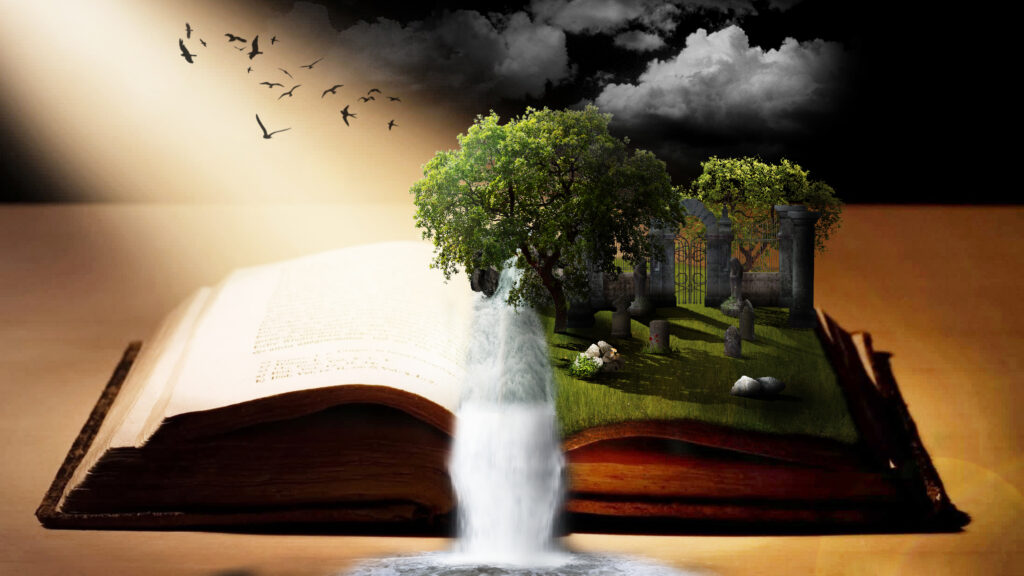
Having those extra details in your world, whether it’s the broken gate to a rustic cottage, or the interior of a spaceship or the busy bridge in city, can add wonderful depth to your novel. It gives your characters stuff to interact with! This means they in turn can develop. How might they react to that busy bridge or the broken gate? Even the simplest description can add wonderful opportunities for characters to interact with each other, or the things around them. That building a character might glimpse in the rain you add to a scene may even turn out to be a plot point later on!
For me, one of the most exciting things when writing my first historical fiction novel ‘The Boy from the Snow’ was worldbuilding. You may know that I’ve had my main character, Daniel, as well as the gist of the plot, in my head since I was 7. I scribbled lots of things about him in my earliest drafts when I was a teenager in my early twenties.
However, when I came to re-writing it and actually finishing a draft about five or so years ago, I ended up doing a lot of research. It was about finding out where to fit Daniel best and which historical era would best suit the story.
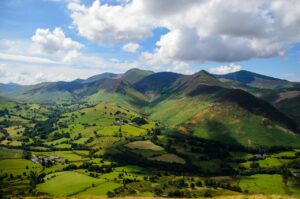
So when I finally decided on the post-Roman Celtic era in NW England and began research, it was like Daniel went from 2D to 3D. Suddenly he had his home in the castle town of Gaeson, with the stables and the forests surrounding the castle. Each fact I read was another way I could physically tie Daniel to his settings and what would happen to him. (I wrote a blog post here about the world of the Boy from the Snow. You can find links to check out the book here).
There’s plenty of opportunity for ‘show, not tell’
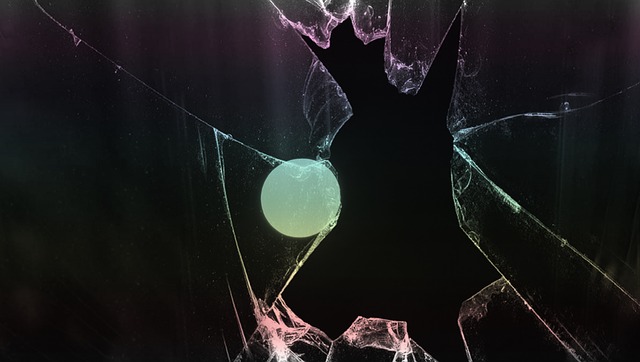
“Don’t tell me the moon is shining; show me the glint of light on broken glass.”
Anton Chekhov
Worldbuilding gives lots of gorgeous opportunities for description. Specifically, the use of ‘show, note tell’, can immerse the reader into your story and draw them into its world.
If you’re not familiar with it, ‘show, not tell’ is a common adage in writing which is a way to bring your reader into the scene, rather than keeping them as an observer. For an example, you can see the quote above – rather than just saying ‘the moon is shining’, you can get readers to imagine that moonlight themselves by picturing the way broken glass might catch the light.
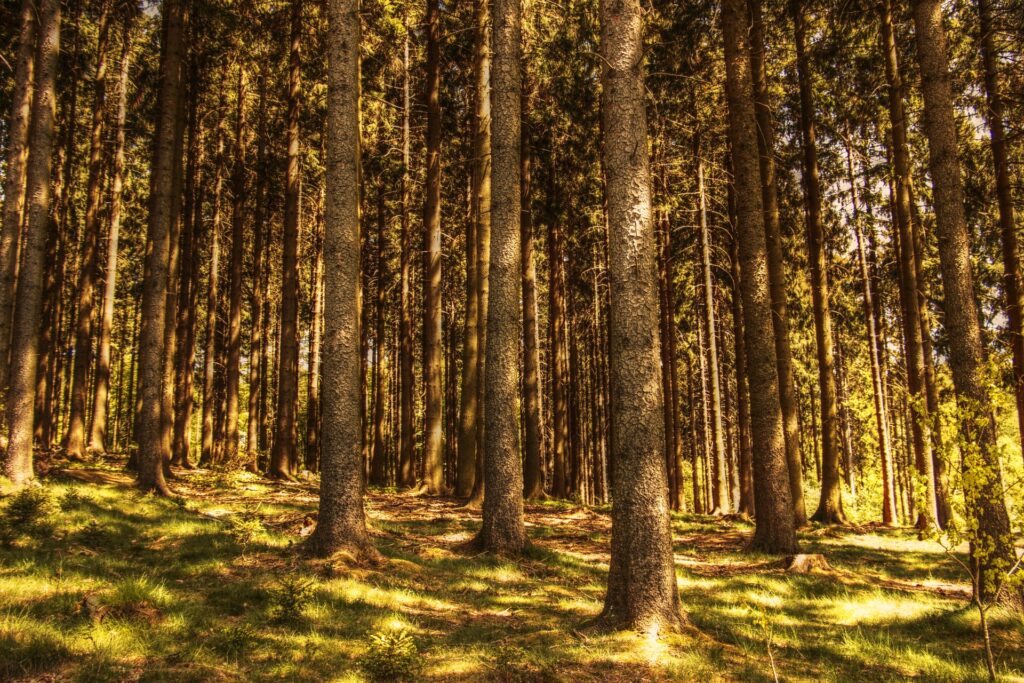
Or, for example, you could say ‘the sun was shining in the woods’. This use of ‘telling’ might be perfectly accurate, but it might fail to capture the reader’s imagination. If you had a line like ‘swathes of dappled light filtered through the leaves, dancing as the branches shivered gently in the breeze’ then this ‘showing’ might have a much better chance of immersing the reader into the scene and getting them to picture it for themselves. (I can talk more about ‘show not tell’ in this blog post).
So, to ‘show not tell’ in worldbuilding – whether it’s a description of sunlight through trees or a fantasy castle or a dining room where a murder mystery takes place – can add layers of description to really immerse the reader into the world you have created.
My current project for NaNoWriMo (more info about what that is in this blog post) is a science fiction project set almost a hundred years in our future and one of the most enjoyable aspects has been in worldbuilding and little descriptions I’ve been able to add abut my main character Iris in space, or when she finally arrives the planet she’s been travelling to. Particularly when writing science fiction or fantasy, you can really let your imagination loose. One of the reasons why I loved writing Lottie’s Locket, my fantasy novel released on Thursday, was the chance to create a brand new realm from scratch!
(If you’d like to know more about Lottie’s Locket published on Thursay, you can click here for my recent blog post and here for the trailer. Click here or at the bottom of the page to sign up to my newsletter, where you can get a free preview!).
It helps set the mood of your scene
Interlinking with that, you can use worldbuilding to really set the scene of your story. A brilliant example of this done brilliantly is Jane Eyre. If you know me at all, you’ll know this is my favourite novel – for many reasons! One of them is the stunning way Charlotte Bronte uses worldbuilding, whether it’s the ominous, mysterious tower, or the sad dankness of the boarding school or the cruelty of her aunt’s house. Each setting is used deliberately by Bronte to reinforce what is happening in that scene.
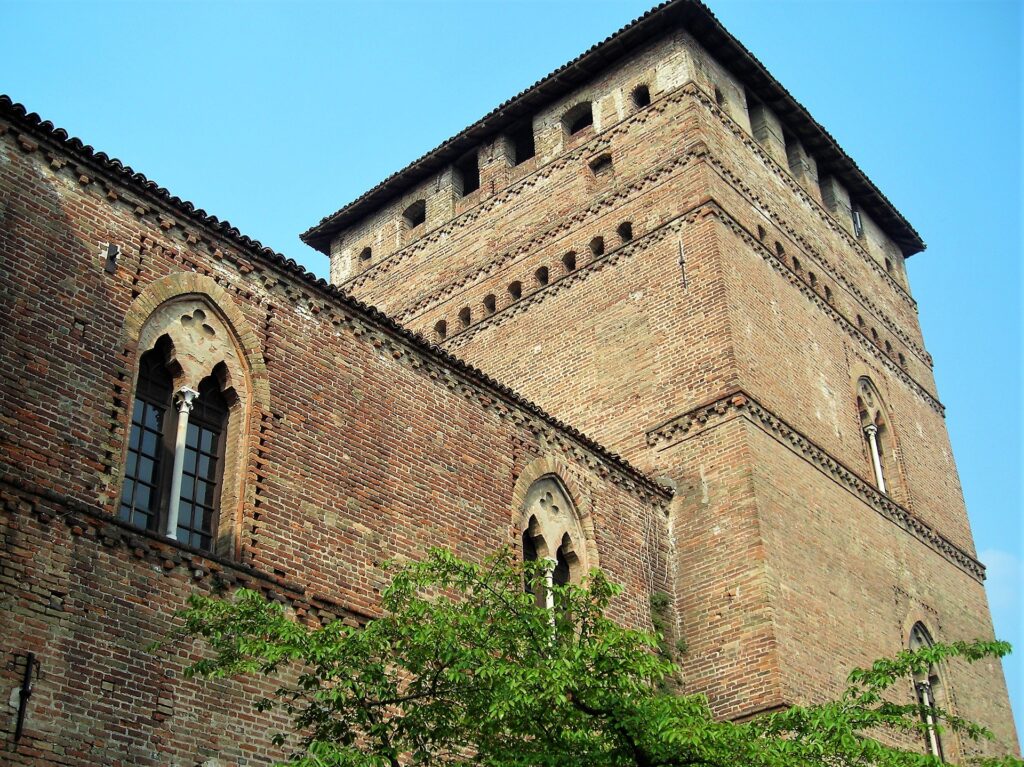
So, if for example your character is feeling particularly isolated, you can use worldbuilding to reinforce the scene or the emotions your character is feeling. This could mean your character is alone at home, or it could mean the character is sitting by themselves in the middle of a busy restaurant – it’s all about how you use it to enhance what’s going on, so the possibilities are endless!
So there are some reasons why worldbuilding is important for writing. What do you think, why else might worldbuilding bring depth and richness to your novel? Or if you’re not a writer, can you think of a novel that uses worldbuilding particularly well to tell their story. Why not let me know in the comments?
I’d love to connect with you! You can use the icons below to connect with me on social media. Also, why not sign up to my newsletter to stay updated on writing news? You’ll also get a free preview of my latest novel, Lottie’s Locket, published this Thursday!

Lastly I’d love to invite you to my Virtual Launch Party that’s happening on Thursday, 26th November 5pm GMT on my Facebook Page and on my Youtube Channel. Be great to ‘see’ you there!
Till next time,
Maria 🙂
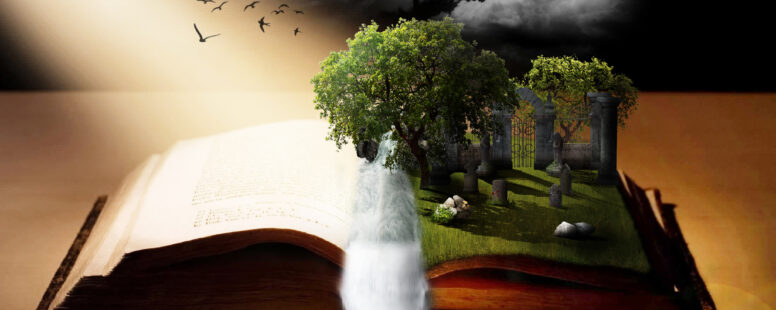
Great post. I love Jayne Eyre too. My mum told me that she listened to that story being read on the radio each week when she was a child. So it had special meaning for me.
Thank you so much Deborah! Ah lovely to hear about your childhood memories of Jane Eyre & your mum. I fell in love with the book on the first page I think! 😁🖋🥰